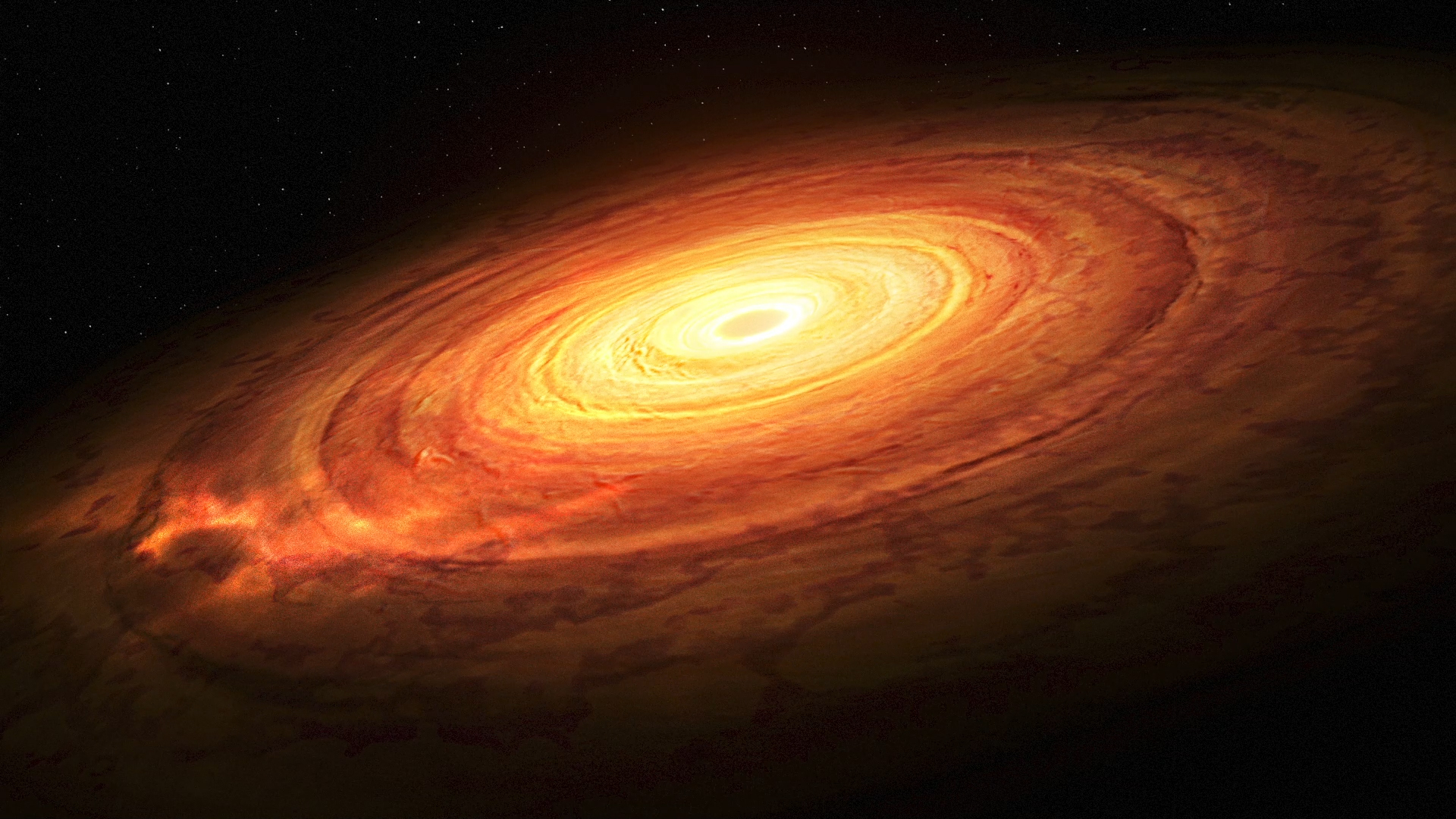Machine learning applications and data science
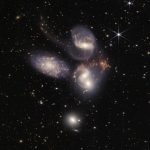 The next generation of wide-field deep astronomical surveys such as the Rubin/Legacy Survey of Space and Time (LSST) will deliver unprecedented amounts of images through the 2020s and beyond. As both the sensitivity and depth increase, larger numbers of blended (overlapping) sources will occur. If left unaccounted for, blending would result in biased measurements of sources that are assumed isolated, contaminating key inferences such as photometry, photometric redshift, galaxy morphology, and weak gravitational lensing. In the LSST era, efficient deblending techniques are a necessity and thus have been recognized a high priority. Leveraging the rapidly developing field of computer vision, our group is developing the open-source DeepDISC (Detection, Instance Segmentation, and Classification for Astronomical Surveys with Deep Learning), providing a new versatile deep learning framework for the astronomical research community. It makes it easy to efficiently process LSST and other wide-deep survey images and accurately identify blended galaxies with the lowest possible latency to maximize science returns. DeepDISC is being applied to many other higher-level downstream science applications such as photometric redshift estimation and galaxy morphology inferences with implications for a wide range of subjects, ranging from efficiently detecting transients and solar system objects to the nature of dark matter and dark energy.
The next generation of wide-field deep astronomical surveys such as the Rubin/Legacy Survey of Space and Time (LSST) will deliver unprecedented amounts of images through the 2020s and beyond. As both the sensitivity and depth increase, larger numbers of blended (overlapping) sources will occur. If left unaccounted for, blending would result in biased measurements of sources that are assumed isolated, contaminating key inferences such as photometry, photometric redshift, galaxy morphology, and weak gravitational lensing. In the LSST era, efficient deblending techniques are a necessity and thus have been recognized a high priority. Leveraging the rapidly developing field of computer vision, our group is developing the open-source DeepDISC (Detection, Instance Segmentation, and Classification for Astronomical Surveys with Deep Learning), providing a new versatile deep learning framework for the astronomical research community. It makes it easy to efficiently process LSST and other wide-deep survey images and accurately identify blended galaxies with the lowest possible latency to maximize science returns. DeepDISC is being applied to many other higher-level downstream science applications such as photometric redshift estimation and galaxy morphology inferences with implications for a wide range of subjects, ranging from efficiently detecting transients and solar system objects to the nature of dark matter and dark energy.
New windows on the dynamic Universe and multi-messenger astrophysics
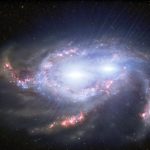 Low-frequency gravitational wave detection from the mergers of supermassive black holes represents a much-anticipated excitement for the coming decade. However, the prospects sensitively depend on detailed knowledge of the abundance of binary SMBHs and their dynamical evolution following galaxy mergers. There is a pressing need to identify and characterize the population of post-galaxy-merger-scale (< a few kpc) dual SMBHs, especially at high redshift, where mergers are much more frequent than in the low-redshift universe and the relevance to gravitational wave detection is much greater. Project VODKA (Varstrometry for Off-nucleus and Dual subKiloparsec Agn) is developing a novel astrometric technique, which utilizes the high-precision Gaia data to efficiently target candidate dual SMBHs at few-kpc and high redshift. Combined with follow-up observations, it breaks new ground by providing the first systematic identification and characterization of high-redshift few-kpc dual SMBHs and enabling crucial observational constraints on the dynamical evolution of dual SMBHs, AGN fueling in mergers, and forecast for the stochastic GW background from SMBH coalescence.
Low-frequency gravitational wave detection from the mergers of supermassive black holes represents a much-anticipated excitement for the coming decade. However, the prospects sensitively depend on detailed knowledge of the abundance of binary SMBHs and their dynamical evolution following galaxy mergers. There is a pressing need to identify and characterize the population of post-galaxy-merger-scale (< a few kpc) dual SMBHs, especially at high redshift, where mergers are much more frequent than in the low-redshift universe and the relevance to gravitational wave detection is much greater. Project VODKA (Varstrometry for Off-nucleus and Dual subKiloparsec Agn) is developing a novel astrometric technique, which utilizes the high-precision Gaia data to efficiently target candidate dual SMBHs at few-kpc and high redshift. Combined with follow-up observations, it breaks new ground by providing the first systematic identification and characterization of high-redshift few-kpc dual SMBHs and enabling crucial observational constraints on the dynamical evolution of dual SMBHs, AGN fueling in mergers, and forecast for the stochastic GW background from SMBH coalescence.
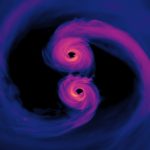 Complementary to VODKA, project FABULOVS (Frequency and Abundance of Binary sUpermassive bLack holes from Optical Variability Surveys) is using high-quality long-term photometric and spectroscopic synoptic surveys to systematically identify and characterize sub-pc binary SMBHs. It addresses long-term variability which is key to a successful search. Combined with follow-up observations, it provides a valuable database of robust sub-pc binary SMBH candidates and crucial constraints on their abundance, enabling reliable forecast for gravitational wave detection.
Complementary to VODKA, project FABULOVS (Frequency and Abundance of Binary sUpermassive bLack holes from Optical Variability Surveys) is using high-quality long-term photometric and spectroscopic synoptic surveys to systematically identify and characterize sub-pc binary SMBHs. It addresses long-term variability which is key to a successful search. Combined with follow-up observations, it provides a valuable database of robust sub-pc binary SMBH candidates and crucial constraints on their abundance, enabling reliable forecast for gravitational wave detection.
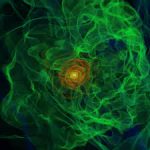 Mergers of intermediate mass black holes and intermediate- and extreme-mass-ratio inspirals are expected as prime sources of upcoming gravitational wave experiments in space. To determine the rates and interpret the gravitational wave signals, independent measurements of the black hole number densities are critical. Variability from dwarf AGNs represents a probe to explore this unknown regime. Our group has discovered a remarkable tight correlation between the optical variability damping timescale and the compact object mass, spanning an impressively large range in compact object mass and possibly extending to white dwarfs. Leveraging this new mass estimation method, project DAVOS (Dwarf Agns from Variability for the Origins of Seeds) harnesses state-of-the-art synoptic surveys to constrain the number densities and distributions of intermediate mass black holes, potentially distinguishing seeding models. It measures the black hole occupation fraction in dwarf galaxies using the best extragalactic deep fields with rich ancillary multi-wavelength data, informing the origins and seeding of all SMBHs.
Mergers of intermediate mass black holes and intermediate- and extreme-mass-ratio inspirals are expected as prime sources of upcoming gravitational wave experiments in space. To determine the rates and interpret the gravitational wave signals, independent measurements of the black hole number densities are critical. Variability from dwarf AGNs represents a probe to explore this unknown regime. Our group has discovered a remarkable tight correlation between the optical variability damping timescale and the compact object mass, spanning an impressively large range in compact object mass and possibly extending to white dwarfs. Leveraging this new mass estimation method, project DAVOS (Dwarf Agns from Variability for the Origins of Seeds) harnesses state-of-the-art synoptic surveys to constrain the number densities and distributions of intermediate mass black holes, potentially distinguishing seeding models. It measures the black hole occupation fraction in dwarf galaxies using the best extragalactic deep fields with rich ancillary multi-wavelength data, informing the origins and seeding of all SMBHs.
